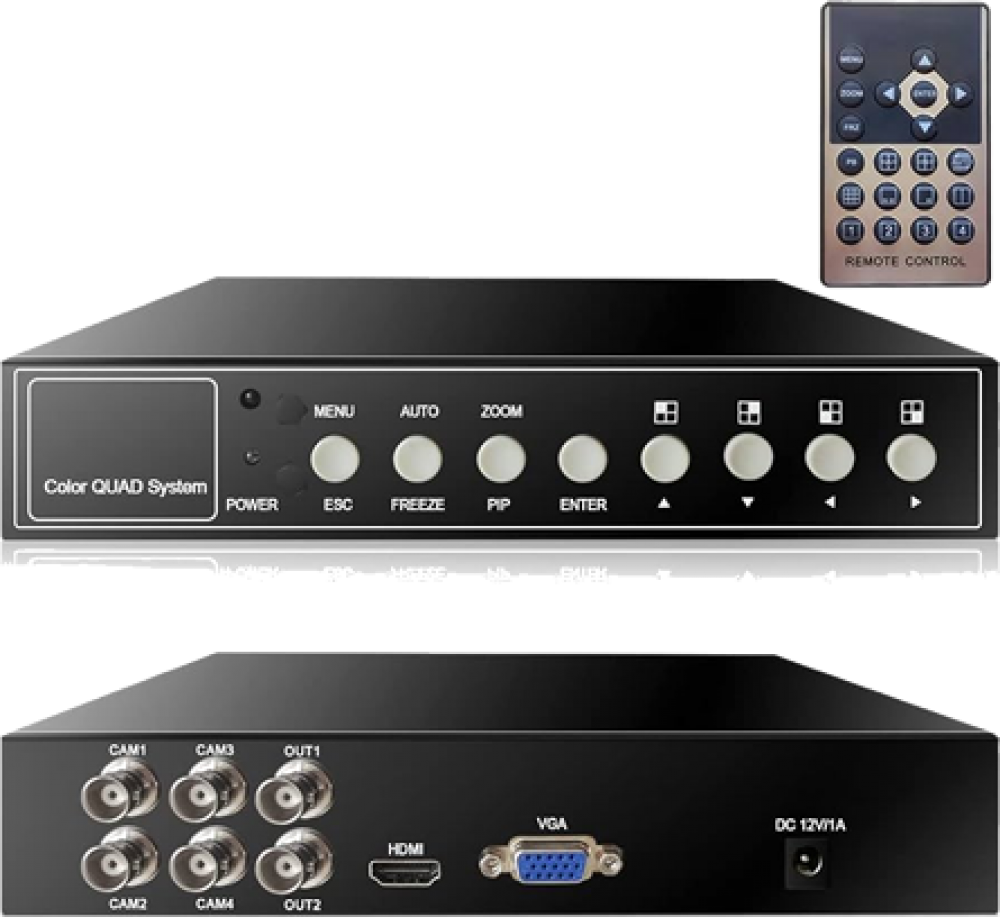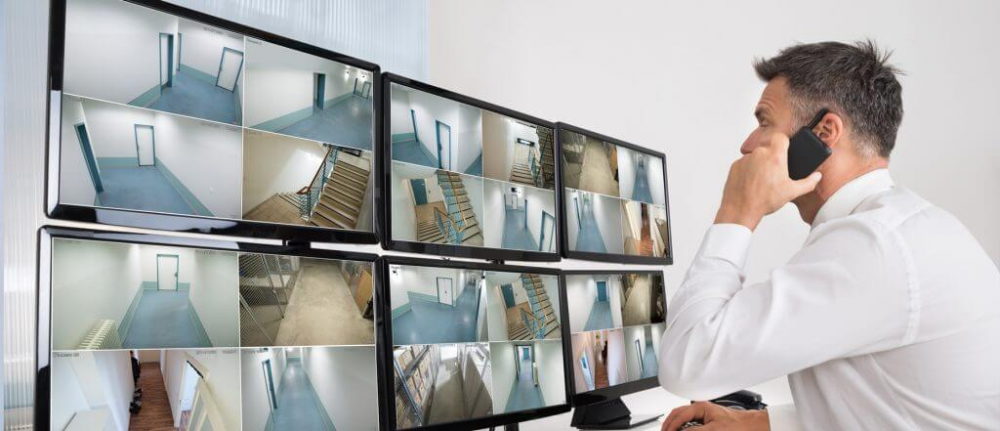Video analytics software is also known as automated video surveillance, intelligent video, smart video, and video motion detection. In a CCTV system, the capabilities of video analytics are extremely advantageous. Video analytics employs computer algorithms to analyze real-time video captured by CCTV cameras in order to enhance security surveillance of people, vehicles, objects, and their associated behaviors within a camera's field of view. By automating a portion of the monitoring process and
Read moreThe need for efficient and low-cost storage in IP-based systems has had a major impact on the development of modern CCTV systems. IP-based systems and hybrid systems, which combine analogue and IP technology and communications protocols, can choose from a variety of network storage options on the market. Most businesses that invest in a sizable CCTV system will need more space than what their DVRs can provide and will turn to the network for their video archives. The storage media in a networked
Read moreMany businesses rely on WORM (write-once, read-many) media for their long-term storage needs because of the reliability and low cost it provides. CDs and DVDs are examples of modern WORM technology, while magnetic discs and tape were used in previous generations of the technology. WORM storage media has the potential downside of being difficult to manage your records on. Data stored on servers is more secure than, say, a CD, which can be lost, stolen, or physically removed from its environment.
Read moreThe right quantity and quality of video data must be preserved during the installation and operation of a CCTV system. Export and archiving functionality are also necessary for CCTV systems. Before beginning to collect video, a company should have a firm grasp on why this information is needed and how it will be applied. Setting the system's recording resolution, frame rate, and storage capacity is also crucial. A CCTV system's accessibility, recall, and storage needs will be affe
Read moreBecause of their low cost and high-performance video capabilities, IP-based systems have become a viable alternative to traditional methods of communication. Using pre-existing infrastructure like cables and cameras, the tech sector has figured out how to implement IP-based systems. However, businesses should think about IP-based technology when planning and designing new systems. This section discusses the fundamental parameters of IP-based network systems. 4.3.1 Internet Protocol Network Syst
Read moreThe advantages of wireless video transmission include reduced setup time, no need for cables, and worry-free portability. Wireless systems have a few drawbacks, including signal disruptions, interference, and the need for a specific frequency to transmit signals. The need for stronger information assurance measures is also growing in response to rising cyber security concerns. 4.2.1 Laser Video transmission cables can be a hassle to set up in certain situations. Laser or infrared transmi
Read moreConnecting the cameras and other CCTV parts in a wired system requires cables. There is less chance of interference with wired transmission, allowing for clearer video. It is not necessary to place cameras in close proximity to any monitoring or recording devices. Coaxial cables, UTP cables, and fibre optic cables are the three most popular wired options for today's CCTV systems. Despite the cyber security risks associated with an open network, some CCTV systems still rely on transmission over a
Read moreThe transmission system, which includes the cameras, the processing system (including the DVRs, NVRs, and multiplexers), and the monitoring system, is a crucial part of the CCTV imaging chain (i.e. the display). In order to generate a high-quality image on the screen, it is crucial to transmit a robust video signal with low noise. The transmission system is often to blame for the poor quality of a CCTV system's signal. It is now possible to transmit videos using a wide variety of methods. For a
Read more
Switchers and multiplexers are used to route the video signal in CCTV systems with more cameras than monitors and recording devices. In comparison to multiplexers, switches have a less complex design. It is possible to program them to send analog or digital video to a monitor or recorder automatically or manually. Some switchers have the ability to sequentially send frames or fields from multiple cameras to a recorder. This allows for each camera's footage to be recorded in order. Unlike switch
Read more
Display screens are used to play back videos for the audience. In the imaging chain, the choice of monitor is on par with that of camera and lens in terms of impact on final image quality. There are a wide variety of video monitors available on the market today. These monitors can have anything from liquid crystal displays (LCDs) to LED displays, as well as a wide range of screen sizes and other customization options. The specifications of each system will dictate the specifications of th
Read more